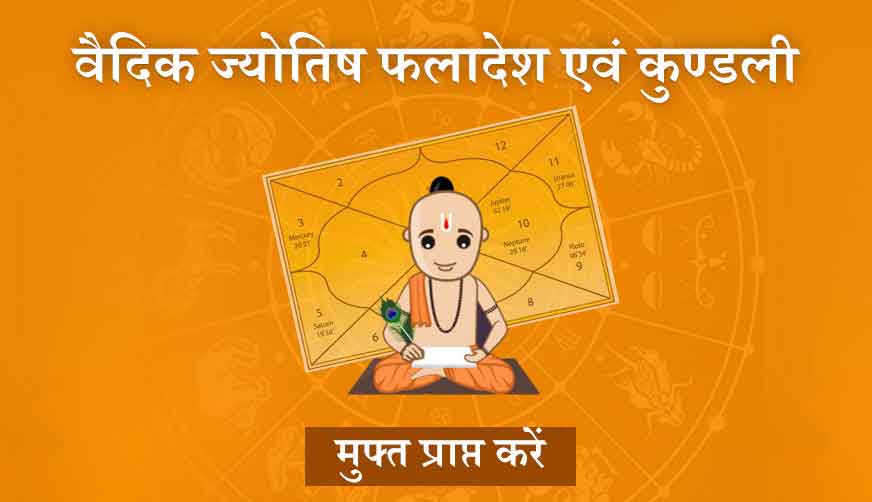1. Introduction: Understanding Risk and Uncertainty in Human Experience
From the shadowed paths of ancient epics to the volatile markets of today, humans have consistently turned to mythology to make sense of risk and uncertainty. These timeless tales do not offer easy answers—they reflect the inner labyrinth where personal courage meets ambiguity. Just as heroes traverse mythic quests fraught with peril and doubt, so too do we navigate modern crises where clarity is elusive and consequences profound. The psychological shift from fear to wisdom emerges not through avoidance, but through engagement with stories that mirror our struggle, transforming anxiety into a catalyst for insight.
2. The Hero’s Labyrinth: Mapping Internal Turmoil in Uncertain Times
In myth, the hero’s journey is never merely an external adventure—it is a profound internal trial. When faced with uncertainty, the hero confronts not just monsters or obstacles, but the labyrinth of self-doubt, fear, and ambiguity. This inner journey parallels the psychological process of facing ambiguity: courage is not the absence of fear, but the commitment to move forward despite it. Consider the archetype of Odysseus, whose decade-long voyage home was as much about restoring inner wisdom as reclaiming territory. In modern terms, this reflects how personal resilience grows not by eliminating uncertainty, but by integrating it into a narrative of purpose and growth.
3. The Shadow Within: Fear, Sacrifice, and the Hidden Forces of Uncertainty
Mythology reveals the shadow as a vital force in navigating uncertainty. The shadow archetype—representing repressed fears, unresolved wounds, and hidden temptations—acts as a mirror to our unacknowledged vulnerabilities. In ancient rituals, sacrifice symbolized the willingness to relinquish control for deeper clarity—a powerful metaphor for embracing risk as a path to insight. Psychological studies echo this: adaptive resilience arises not from suppression, but from confronting and integrating the shadow. Stories that normalize vulnerability build this courage, turning fear into a compass rather than a barrier.
4. The Wise Guide: Archetypes That Illuminate Pathways Through Chaos
No mythic journey succeeds without a guide—whether a Mentor, Trickster, or Shadow Teacher. These archetypes anchor decision-making in times of chaos, offering wisdom shaped by experience and symbolic insight. The Mentor, like Gandalf or Merlin, represents cultural memory and enduring values. The Trickster—Loki, Anansi—challenges rigid thinking, revealing that disruption is often a catalyst for evolution. The guide’s true role is not to provide certainty, but to cultivate adaptive intuition: the ability to shift perspectives and trust emerging patterns. This aligns with modern leadership theories that emphasize agility over control.
5. Mythic Time Cycles: Recognizing Patterns in Recurring Uncertainties
Myths repeat not by chance, but because archetypes reflect recurring human experiences across generations. The return of crises—from plagues to financial collapses—follows cyclical patterns deeply embedded in cultural memory. Recognizing these cycles allows us to shift from reactive panic to proactive anticipation. The Hero’s Return, for example, mirrors seasonal renewal and generational wisdom. By mapping these mythic structures, individuals and organizations can anticipate disruption, prepare resilient strategies, and transform crises into opportunities for systemic renewal.
6. From Myth to Method: Applying Ancient Wisdom to Modern Risk Frameworks
The true power of myth lies in its translatability: timeless stories become living models for modern decision-making. By integrating mythic insight with data-driven analysis, we build holistic risk frameworks that honor both heart and mind. Tools such as narrative scenario planning or mythic reflection journals help individuals internalize archetypal patterns, turning abstract wisdom into actionable intuition. This synthesis—where story meets strategy—reinforces the parent theme: myth is not a relic, but a dynamic guide.
| Table: Key Mythic Archetypes & Modern Parallels | Archetype Hero Modern Parallel: Resilient Leader Function Embodies courage and purpose amid uncertainty Modern Parallel: Innovator Function Challenges assumptions and sparks disruption Modern Parallel: Unconscious Resistance Function Reveals hidden fears and blocks to growth Modern Parallel: Trusted Guide Function Anchors judgment with wisdom and experience Modern Parallel: Strategic Withdrawal Function Creates space for clarity and renewal |
|---|
"As Joseph Campbell observed, ‘The myth is not a description of reality, but a map of the psyche.’ In times of uncertainty, stories do not predict the future—they help us navigate it.
7. Conclusion: Stories as Living Models That Evolve with Human Experience
Mythology offers more than comfort—it delivers a living toolkit for facing uncertainty. By engaging with these ancient narratives, we access a deep reservoir of human wisdom that transcends time and culture. The parent theme, How Mythology Explains Risk and Uncertainty Today, remains foundational: stories transform fear into foresight, isolation into connection, and chaos into a canvas for meaning. In embracing mythic patterns, we do not escape risk—we learn to move through it with wisdom, courage, and grace.
- Recognize internal struggle as a mythic trial, not mere stress.
- Embrace ritual sacrifice—letting go of rigidity for clarity.
- Seek the Wise Guide and Trickster within to shape adaptive intuition.
- Map recurring cycles to anticipate and prepare for disruption.
- Use narrative as a living framework, not static myth.






